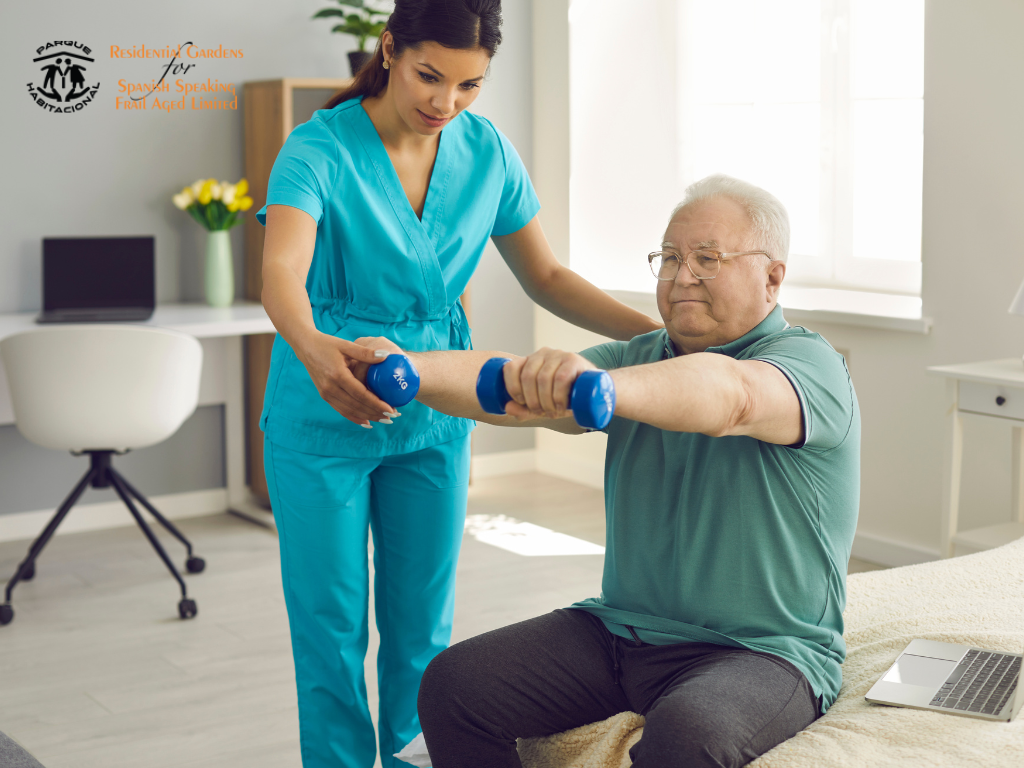Physical therapy and rehabilitation hold a pivotal role in the spectrum of senior high care, focusing on enhancing the quality of life for elderly individuals through improved mobility, strength, and overall physical health. As seniors age, they often encounter various health challenges, including reduced mobility, loss of muscle strength, and a decline in functional abilities, which can significantly impact their independence and day-to-day living. Physical therapy serves as a cornerstone in addressing these challenges, employing tailored exercises and therapeutic interventions to not only mitigate the adverse effects of aging but also to rehabilitate those recovering from injuries or surgeries.
Understanding the Basics of Physical Therapy for Seniors
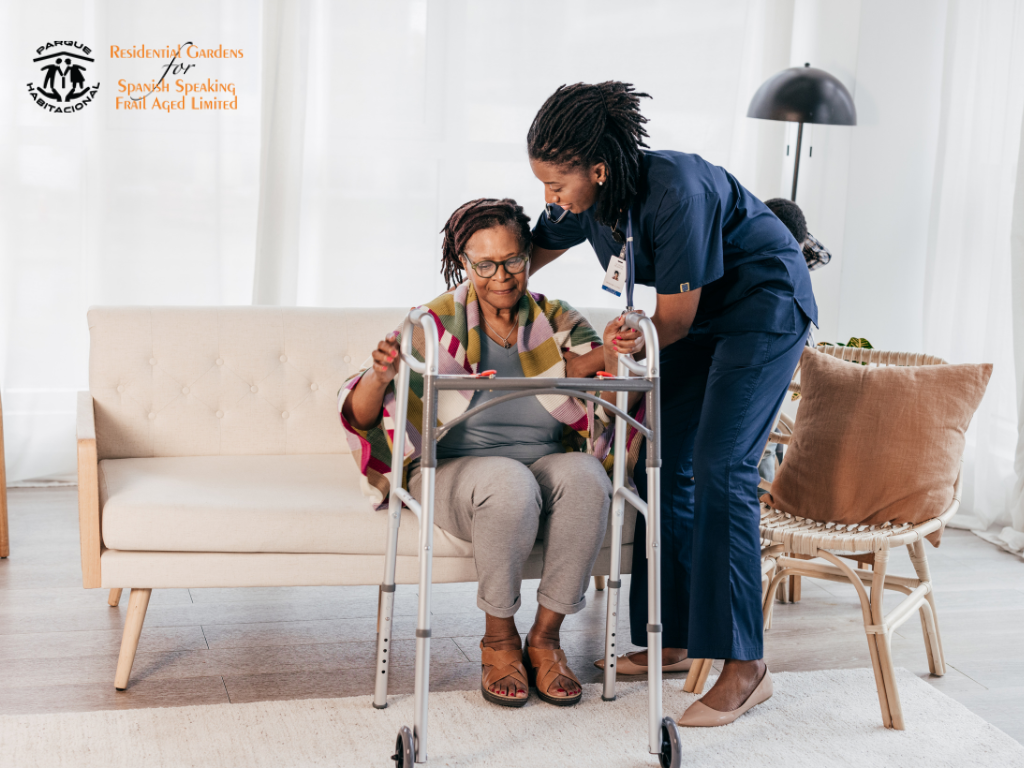
Defining Physical Therapy
Physical therapy for seniors is a healthcare specialty focused on diagnosing, managing, and treating physical conditions that affect the elderly. It encompasses a range of interventions, including exercises, manual therapy, and the use of therapeutic modalities designed to restore function, reduce pain, and prevent further injury. The overarching goal is to empower seniors to achieve the highest possible level of independence and quality of life, regardless of their age or underlying health conditions.
Benefits of Physical Therapy
The benefits of physical therapy for high care seniors are manifold and extend beyond mere physical improvements:
- Enhanced Mobility and Strength: Regular therapeutic exercises increase muscle strength and flexibility, improving seniors’ ability to perform daily activities.
- Fall Prevention: By focusing on balance and coordination, physical therapy significantly reduces the risk of falls, a common concern among the elderly.
- Pain Management: Non-pharmacological pain management techniques help alleviate chronic pains, often associated with conditions like arthritis and neuropathy, without relying solely on medications.
- Improved Circulation: Activities and exercises prescribed in physical therapy promote better blood circulation, which is crucial for healing and overall health.
- Cognitive Benefits: The engagement and concentration required during therapy sessions can also contribute to cognitive health, offering a protective effect against cognitive decline.
Assessing the Need for Physical Therapy
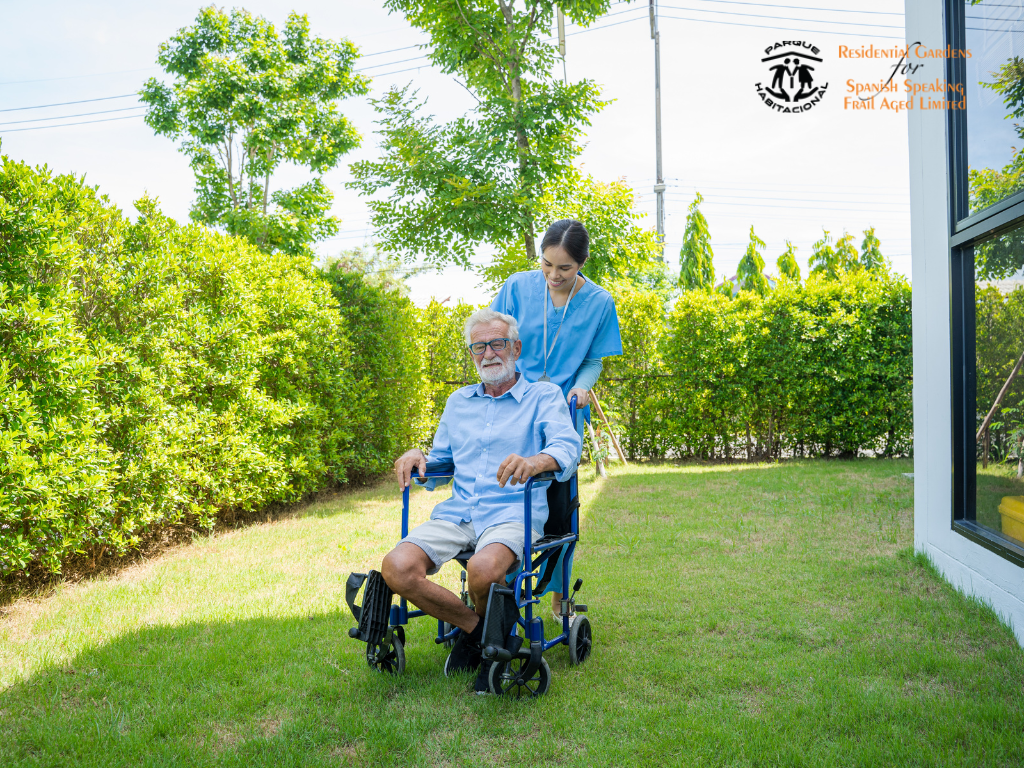
Identifying Candidates
Seniors who may benefit from physical therapy exhibit a variety of signs and symptoms, including, but not limited to:
- Decreased mobility or difficulty walking
- A history of falls or balance issues
- Chronic pain affecting daily activities
- Recovery from surgery or an injury
- A decline in functional abilities, such as difficulty getting up from a chair or climbing stairs
Initial Assessments
The initial assessment is a critical step in developing an effective physical therapy plan. Conducted by a licensed physical therapist, this comprehensive evaluation includes:
- A review of the senior’s medical history and current health status
- Physical examinations to assess mobility, strength, balance, and coordination
- Discussions about personal goals and daily activities to tailor the therapy accordingly
Designing Customised Rehabilitation Programs
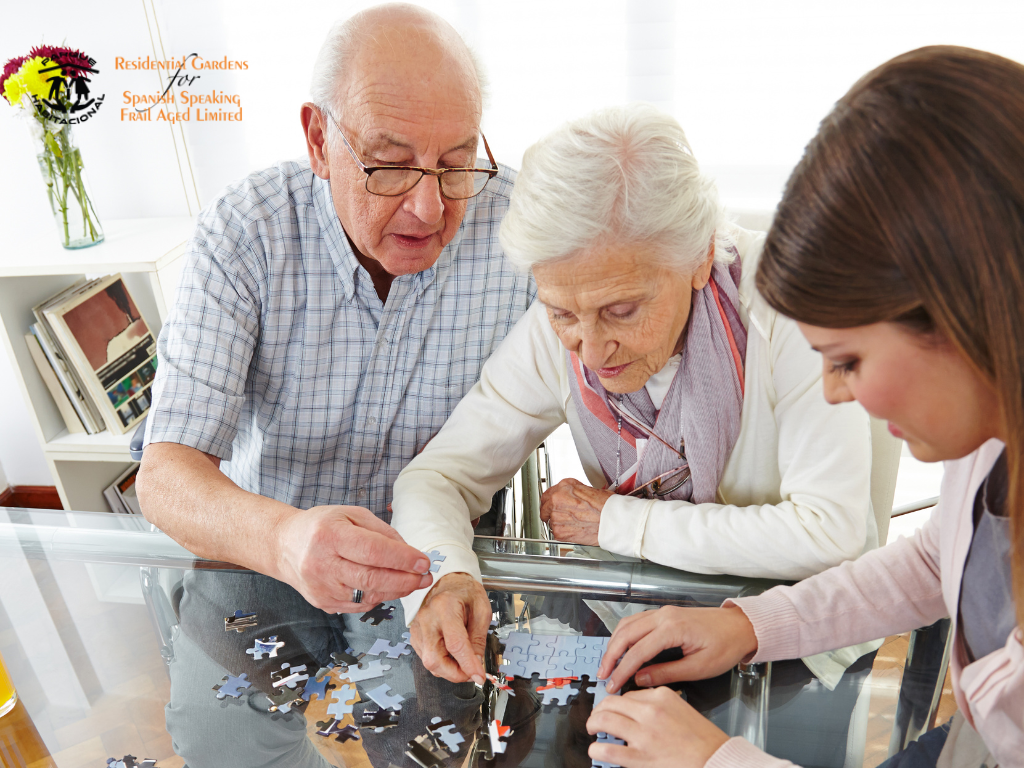
Setting Realistic Goals
The foundation of a successful rehabilitation program for seniors lies in setting realistic and attainable goals. These objectives should be closely aligned with the individual’s capabilities, health conditions, and personal aspirations. Goals can range from improving basic mobility, such as standing and walking, to more specific aims like climbing stairs without assistance or managing tasks independently. Establishing these targets early on, with input from the senior and their caregivers, ensures a focused and motivating rehabilitation journey.
Developing Personalised Programs
Tailoring exercises and therapy sessions to meet the unique needs of each senior is crucial. A personalised program might include strength training to build muscle, balance exercises to prevent falls, or specific therapies to recover from stroke or manage arthritis pain. The physical therapist will consider the senior’s medical history, physical capabilities, and preferences to design a varied and engaging regimen that progressively challenges and benefits the senior.
Incorporating a Multidisciplinary Approach
Effective rehabilitation often requires a team effort, involving various healthcare professionals. A multidisciplinary approach ensures comprehensive care, combining the expertise of physical therapists, physicians, occupational therapists, and nurses. This collaborative strategy addresses all aspects of a senior’s health, from medical treatment and physical rehabilitation to nutritional advice and psychological support, creating a cohesive care plan that fosters holistic recovery and wellbeing.
Integrating Therapy into Daily Care
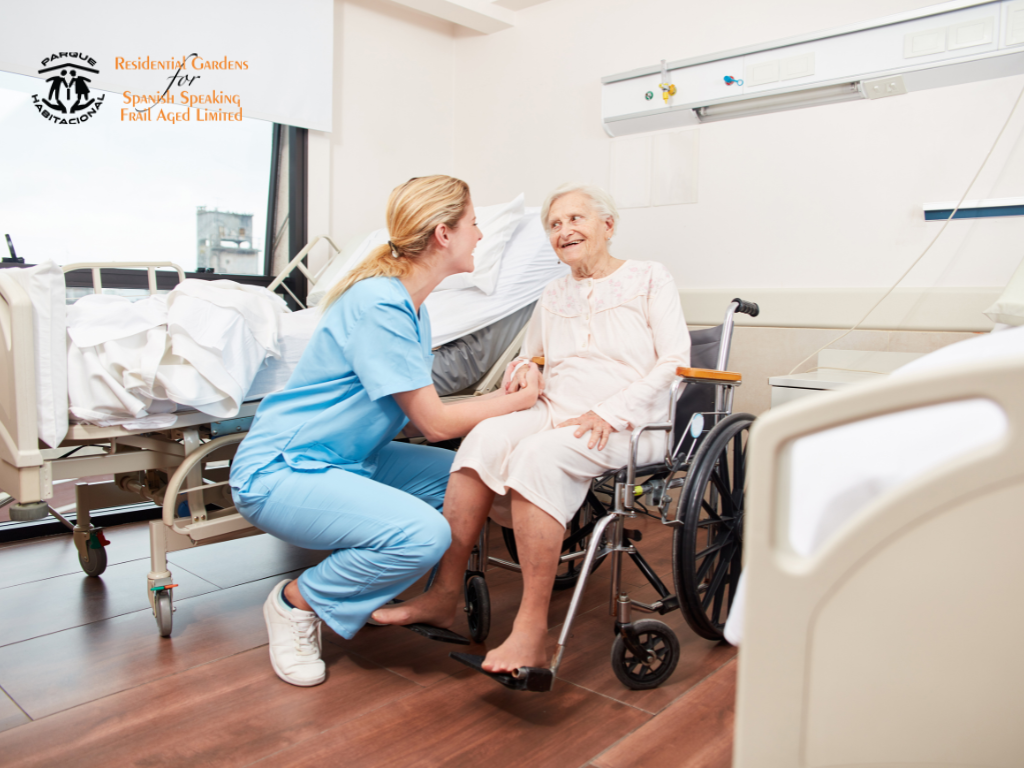
Routine Integration
Incorporating therapeutic exercises into daily routines enhances the likelihood of adherence and maximises the benefits of physical therapy. Simple strategies, such as performing balance exercises while brushing teeth or incorporating strength training during commercial breaks, can make therapy a seamless part of everyday life. This approach not only reinforces the exercises but also promotes the practical application of improved physical abilities in daily activities.
Adaptive Equipment and Aids
Utilising adaptive equipment and aids is essential for safe and effective rehabilitation. Tools like walkers, grab bars, and non-slip mats enhance safety, while resistance bands, foam balls, and light weights can be used to perform exercises at home. These aids support independence and confidence in seniors, facilitating their participation in therapy and daily tasks.
Monitoring Progress
Regularly tracking progress is vital to the success of a rehabilitation program. Physical therapists often use assessments and tools to measure improvements in strength, mobility, and function. Feedback from these evaluations helps to adjust therapy programs as needed, ensuring that the senior remains on track towards their goals. Celebrating milestones, no matter how small, also serves as a powerful motivator for continued effort and engagement.
Overcoming Challenges in Physical Therapy
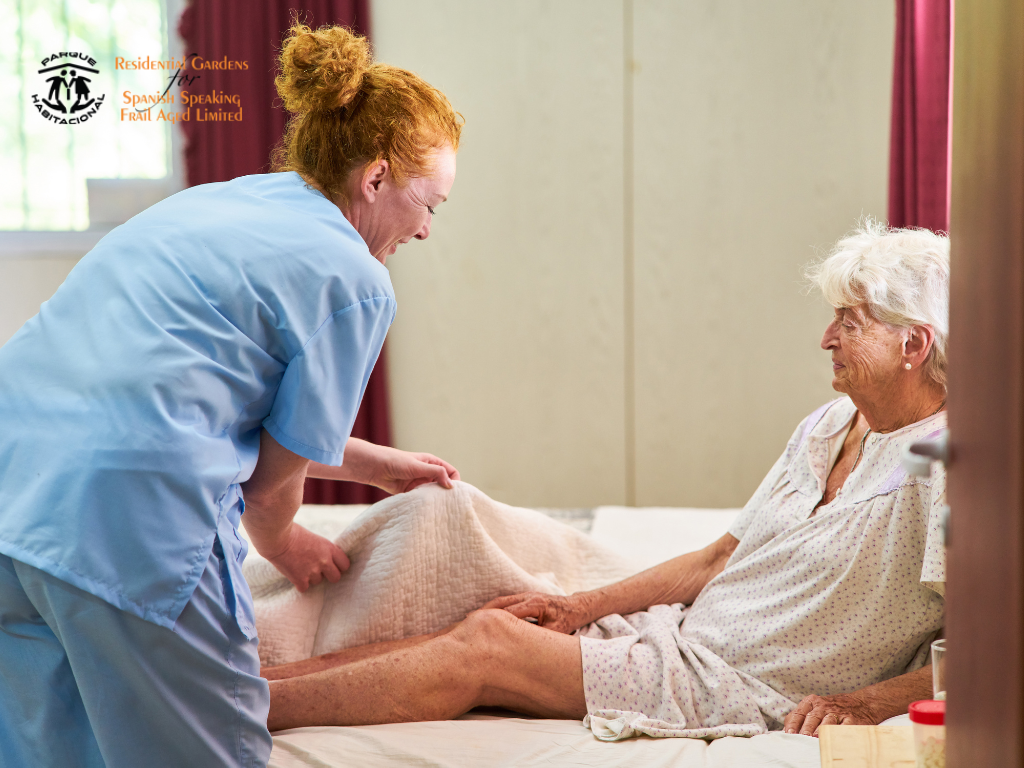
Addressing Resistance
Resistance to participating in physical therapy can arise for various reasons, including fear of pain, discomfort with the process, or lack of motivation. Overcoming this reluctance involves clear communication about the benefits of therapy, setting achievable goals to foster a sense of accomplishment, and incorporating the senior’s interests into the therapy sessions to make them more engaging and enjoyable.
Dealing with Physical Limitations
Adjusting therapy practices to accommodate a senior’s physical limitations is essential. This might involve modifying exercises, using adaptive equipment, or focusing on low-impact therapies. The key is to provide effective, personalised treatment that accommodates the senior’s health issues and physical constraints, ensuring progress without causing harm or discomfort.
Managing Pain and Discomfort
Effective pain management is a cornerstone of successful physical therapy. Techniques such as gentle stretching, heat or cold therapy, and massage can alleviate discomfort during rehabilitation. Additionally, educating seniors and caregivers on pain management strategies empowers them to manage symptoms more effectively at home, enhancing comfort and compliance with the therapy program.
Role of Caregivers in Supporting Rehabilitation
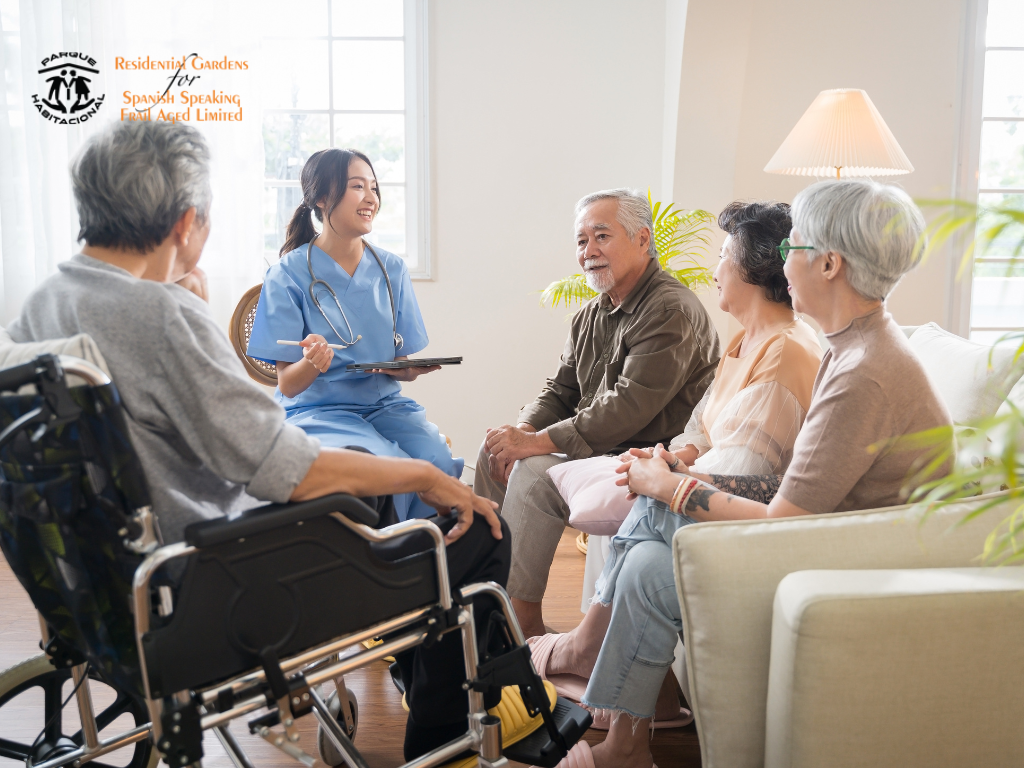
Educating Caregivers
The successful rehabilitation of seniors often hinges on the active involvement and education of caregivers. Proper training in assisting with therapeutic exercises is crucial, as it ensures that activities are performed correctly and safely, enhancing the effectiveness of the therapy. Caregivers need to be familiar with the goals of physical therapy, understand the correct techniques for support, and know how to use any necessary equipment. This knowledge not only aids in the physical rehabilitation process but also builds a stronger, more informed support system around the senior.
Creating a Supportive Environment
Caregivers play a vital role in creating an environment conducive to ongoing participation in therapy. This involves not just physical preparations, such as arranging a safe space for exercises, but also fostering a positive, encouraging atmosphere. By showing enthusiasm for progress, regardless of the pace, and demonstrating patience and understanding for the challenges faced, caregivers can significantly motivate seniors to engage with their rehabilitation program consistently.
Emotional and Psychological Support
The journey through physical therapy and rehabilitation can be both physically demanding and emotionally taxing for seniors. Recognising the role of caregivers in providing moral support and encouragement is essential. Offering a listening ear, celebrating small victories, and maintaining an optimistic outlook can all contribute to a senior’s emotional resilience and motivation to persevere with their therapy.
Long-Term Strategies for Maintenance and Improvement

Lifelong Rehabilitation Considerations
Physical therapy for seniors is not just about immediate recovery; it’s about fostering long-term health and mobility. Emphasising the ongoing nature of physical therapy highlights the importance of incorporating exercises and activities into the senior’s daily life, even after formal therapy sessions might decrease in frequency. This continuous commitment helps maintain the benefits achieved and prevents the decline of physical abilities.
Incorporating Lifestyle Changes
Sustained improvement often requires lifestyle changes that support mobility and overall health. This can include nutritional adjustments, adopting a more active lifestyle, and making modifications to the living environment to reduce fall risks and encourage independence. Caregivers and seniors should work together to identify and implement these changes, ensuring they are both practical and beneficial.
Community and Resources
Leveraging community support and resources can play a significant role in the continued physical therapy and rehabilitation of seniors. Many communities offer programs, workshops, and groups designed to support seniors in maintaining their mobility and health. Additionally, online resources and local health services can provide valuable information and assistance. Engaging with these resources not only offers practical benefits but also fosters a sense of belonging and support.
Conclusion
The critical role of physical therapy and rehabilitation in enhancing the quality of life for seniors in high care cannot be overstated. Through personalised programs, ongoing support, and the commitment of caregivers and families, seniors can achieve significant improvements in their mobility, strength, and independence. Encouraging and supporting the pursuit of physical therapy programs is a collective effort that yields profound rewards, not just for the seniors themselves but for their support networks as well. As we move forward, let us remain dedicated to promoting the physical and emotional wellbeing of our seniors, ensuring they receive the care and support necessary to live their lives to the fullest.

